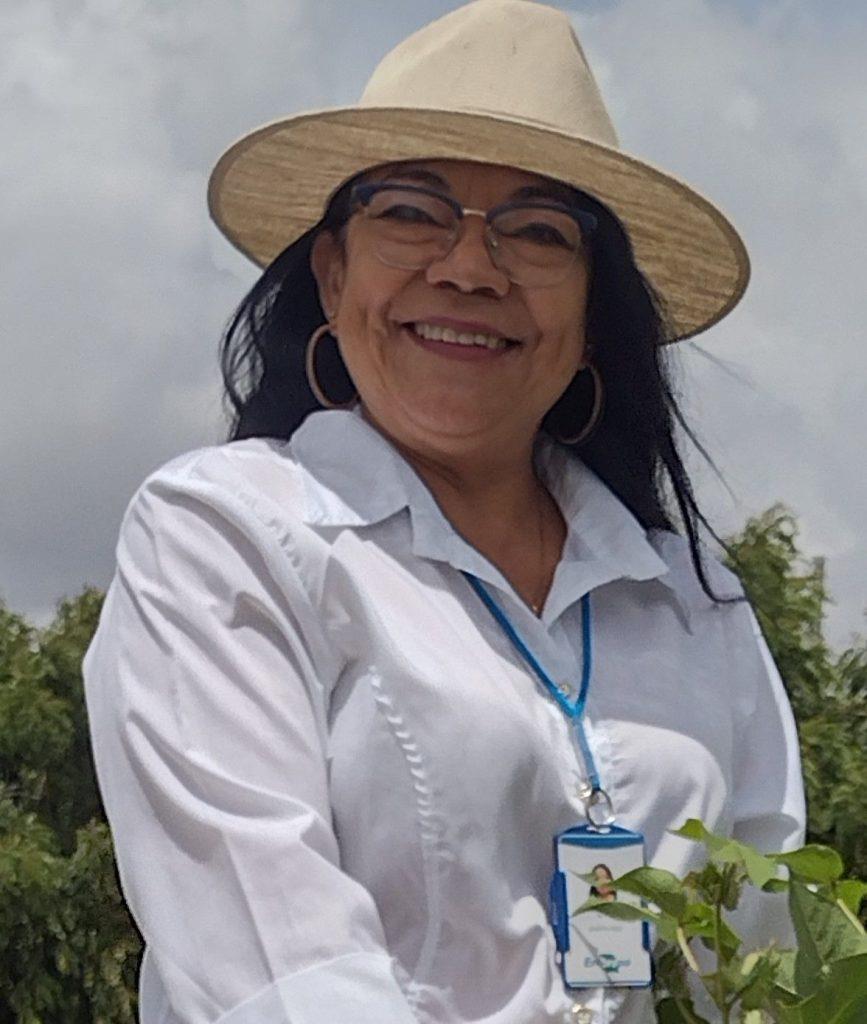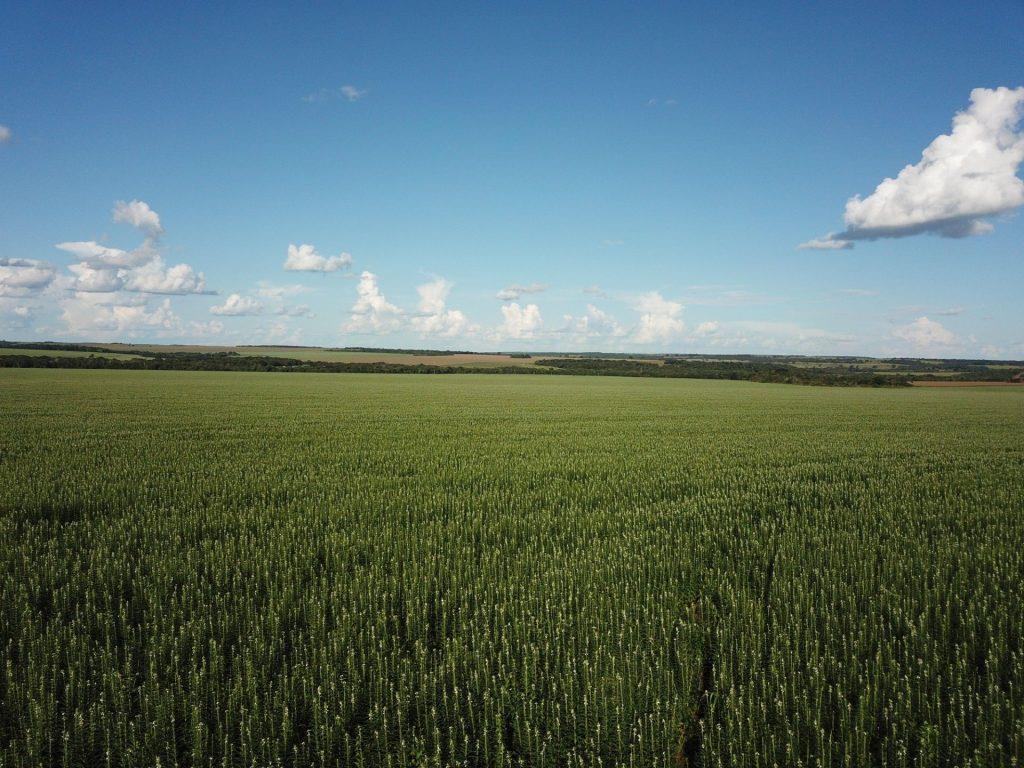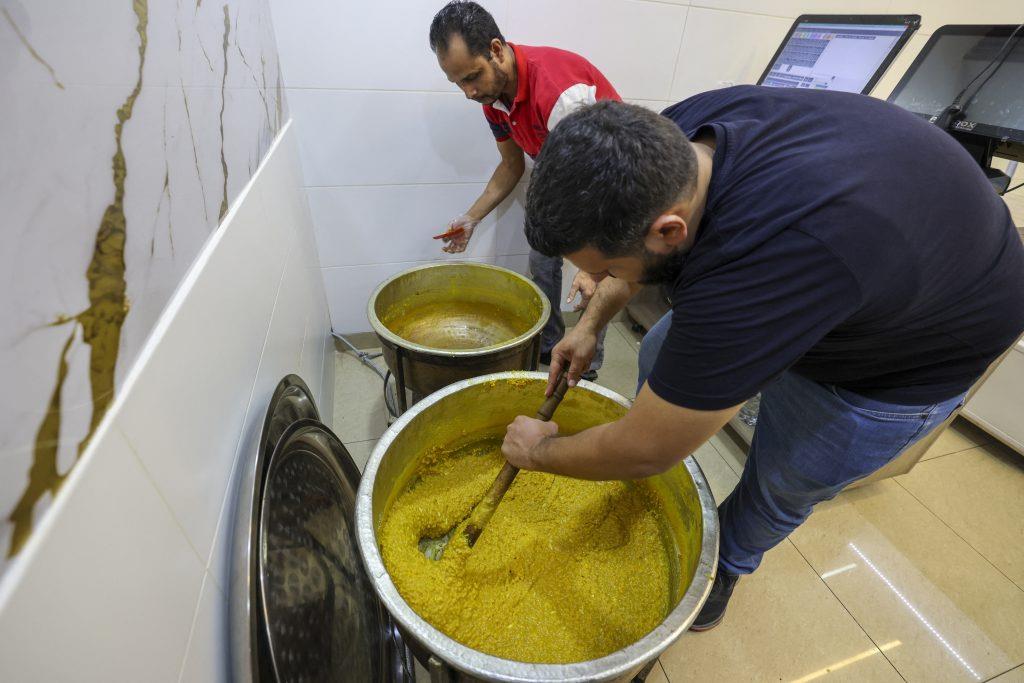Brazil Takes Off As Global Sesame Supplier
Data compiled by Brazil's Ministry of Development, Industry, Trade, and Services show that Brazil exported USD 280.6 million worth of sesame seeds from January to August this year, more than double-127% higher-than in the same period last year. The volume shipped to the international market rose from 82,000 metric tons in the first eight months of 2024 to 239,700 tons in the same months of 2025, an increase of 190%, nearly tripling.

Nair Arriel coordinates sesame genetic improvement at Embrapa
The leap to this level of exports began to take shape at the end of the 2010s, when Brazil moved away from small-scale cultivation, which was mainly carried out in the Northeast region, and transitioned to commercial-level production in the Center-West region, according to agronomist Nair Arriel, coordinator of the Sesame Genetic Improvement Program and general manager at the Cotton Science unit of Brazil's state-run agricultural center Embrapa in Campina Grande, Paraíba.
“Until about 10 years ago, Brazil accounted for less than 1% of the planted area, production, and exports. Around 74 countries cultivate sesame, and 95% of them are in Africa and Asia. Brazil has always been a very small player. However, since 2018, a new phase of sesame cultivation has begun,” she says. The change was driven by strong international sesame prices and the plant's characteristics, including tolerance to water stress and low humidity, a short growth cycle, and adaptability to different soil and climate conditions.
All of this created the perfect conditions for farmers in the Center-West to choose sesame for crop rotation with soybeans, planting the grain in the second crop season instead of options like sunflower or corn.“It sparked the interest of farmers, and in Canarana, Mato Grosso state, where sesame had been planted on a much smaller scale, it began to multiply,” says Arriel.
According to Arriel, before this change, Brazil ranked 50th in the world in sesame cultivation area, and it is now fourth.“In terms of production, we are in seventh place. As for exporting countries, we're now second,” she says. She believes that, depending on climate conditions, prices, and crop choices, sesame cultivation could exceed 1 million hectares planted in Brazil.
According to the latest survey by national crop agency Conab, Brazil sowed 608,000 hectares of sesame in the 2024/2025 crop. This represents a 7.9% decrease compared to the previous 2023/2024 harvest, but productivity increased by 20%, so national production is expected to grow 10.5%, from 361,300 tons to 399,400 tons. Mato Grosso, Brazil's largest sesame producing state, has already completed its harvest, as has Tocantins, according to Conab.
In addition to being a major producer, Mato Grosso is also Brazil's largest sesame exporting state. Data from the trade ministry indicates that it accounted for 72% of the country's exports from January to August. After it, with much smaller shares, come Tocantins and Pará. The largest importer is China, followed by India, Saudi Arabia, Vietnam, Turkey, Guatemala, Jordan, Egypt, Israel, Mexico, Algeria, Italy, Syria, and Lebanon. Among Arab countries, in addition to Saudi Arabia, Jordan, Egypt, Algeria, Syria, and Lebanon, Oman, the United Arab Emirates, Morocco, and Kuwait have also imported smaller quantities of Brazilian sesame this year.
Regarding Mato Grosso's supply, the state's Acting Secretary of Economic Development, Linacis Silva Vogel Lisboa, explains that the government has adopted a strategy of production diversification.“This doesn't mean, in any way, that we'll abandon the main crops, such as soybeans, corn, and cotton, in which we already have established production, but it is important to have other agricultural products to work with.”

Linacis: Mato Grosso seeks to diversify production and markets
According to Linacis, the opening of the Chinese market in November of last year further encouraged the expansion of sesame production in Mato Grosso. The crops, which initially began in eastern cities of the state, such as Canarana and others, are now spreading to more municipalities. Exports rose significantly in 2025, with the state increasing their exports from USD 86.4 million from January to August last year to USD 201.7 million in the same period this year, a 133% increase, according to ministry data.
Two weeks before the opening of the Chinese market, Mato Grosso businessmen attended the China International Import Expo (CIIE) in Shanghai, where the Chinese were able to taste and learn about the characteristics of Mato Grosso sesame. According to Linacis, that was when contact with interested Chinese buyers began. In 2025, the State Secretariat of Economic Development plans to participate in the Shanghai CIIE again.

Sesame crops: Brazil becomes a major player
Linacis mentions fairs in other regions of the world where state products like sesame are being showcased and confirms Mato Grosso's interest in Arab countries. There is a possibility that the group attending the China fair will spend a few days in the UAE during the trip. According to the acting secretary, this year, 24% of the state's sesame exports went to Arab countries.“It was significant, a quarter of what was exported,” Linacis told ANBA.
She points out that the Arab market already has the habit of consuming sesame in various forms. One of the main recipes in Arab cuisine, tahini, is a sesame paste, and the grain is also used as the base for the sweet halawi and as an ingredient in cookies, pastries, and breads that are part of the daily diet in Arab countries.“We'll work on this diversification not only in domestic production here in the state but also in markets, building bridges and partnerships with new markets. This expansion is extremely important,” she says.

Man prepares sesame sweets in Lebanon: Country is a consumer
On its side, Embrapa continues to work with Brazilian farmers to expand sesame cultivation. One focus of the research is developing seeds suitable for mechanized sesame farming, although seeds for manual cultivation in family farming are also produced.“Brazil is one of the few countries that grow sesame in a fully mechanized way, from planting to harvest,” reports agronomist Arriel.
Embrapa's research also focuses on the plants' productive potential, as well as traits like high oil content, sweet flavor, and disease resistance, among others. Arriel highlights a range of sesame properties, including its nutritional value, B-complex vitamins, calcium, vitamin E, lipid and protein content, which contribute to its strong global demand. Although the grain itself is consumed, sesame is widely used around the world for oil extraction.
Read more:
Cotton-rich Egypt eyes Brazil for suppliers
Translated by Guilherme Miranda
The post Brazil takes off as global sesame supplier appeared first on ANBA News Agency .
.jpg)
Legal Disclaimer:
MENAFN provides the
information “as is” without warranty of any kind. We do not accept
any responsibility or liability for the accuracy, content, images,
videos, licenses, completeness, legality, or reliability of the information
contained in this article. If you have any complaints or copyright
issues related to this article, kindly contact the provider above.
Most popular stories
Market Research

- Kintsu Launches Shype On Hyperliquid
- Barunson, Studio Behind Parasite, To Launch Nplug IP Remixing Platform On Story And Bring Flagship IP Onchain
- Moonbirds And Azuki IP Coming To Verse8 As AI-Native Game Platform Integrates With Story
- Leverage Shares Launches First 3X Single-Stock Etps On HOOD, HIMS, UNH And Others
- Alchemy Markets Launches Tradingview Integration For Direct Chart-Based Trading
- Dexari Unveils $1M Cash Prize Trading Competition





















Comments
No comment